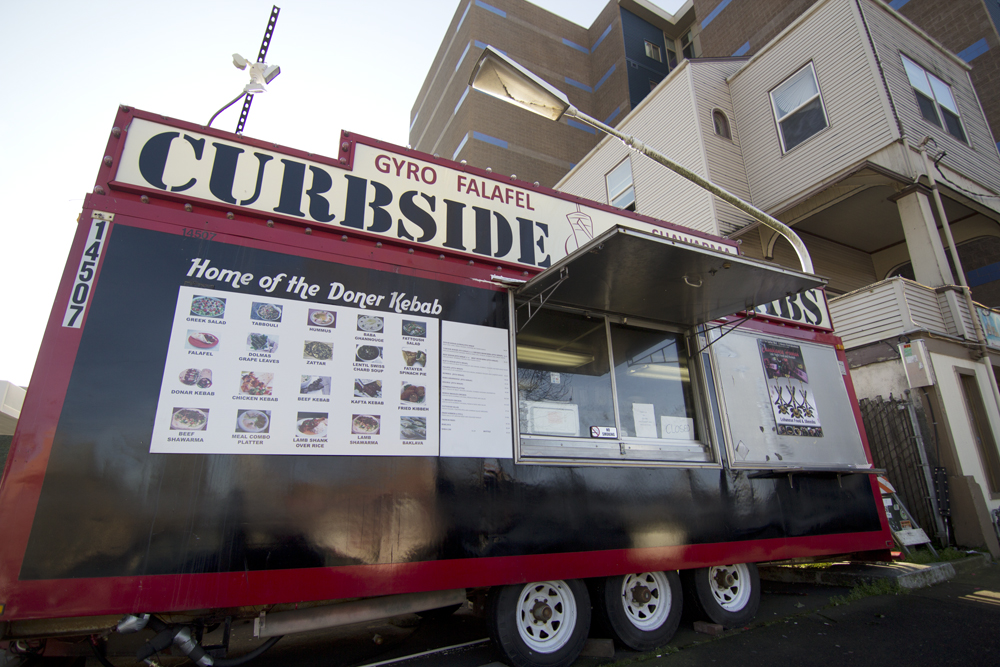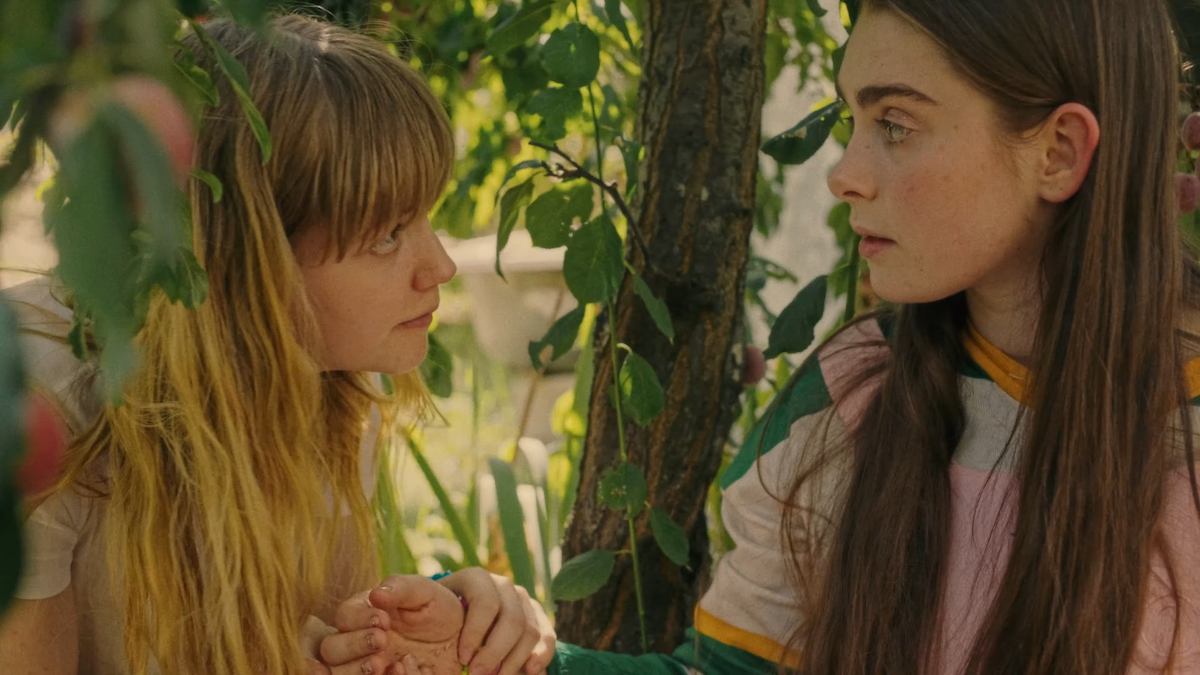Raise your hand if you haven’t seen Princess Mononoke since you were 18!
Alas, Hayao Miyazaki’s epic masterpiece about a war between industrial civilization and the beast gods of the forest still rings as true today as it did upon its U.S. release in 1999. You know, as true as a tale involving beast gods can be.
Set in medieval Japan at the dawn of the Iron Age, the film chronicles the journey of the last Emishi prince, Ashitaka, as he searches for a cure for his right arm which was cursed by a demon boar god. He sets off to find out why nature seems out of whack and meets a whole host of fantastical characters along the way.
One of these characters is San, a human girl raised by Moro and the other spirit wolves of the forest. As a member of their pack she helps them defend the forest against Lady Eboshi, who rules the nearby village and has been manufacturing gunpowder-fueled weapons. As Lady Eboshi and her people learn more about industrialization they lose the language they share with the forest spirits, causing an inability for anyone to successfully communicate.
Though it certainly seems to be a didactic children’s tale on paper, Mononoke is far from that. The moral is never black and white; there are moments where Lady Eboshi’s ways make sense. She is strong, innovative and complex—not necessarily traits typical of an animated villain. She provides protection for her people and even lepers find a safe haven in her village. She uses the tools at her disposal, though to the detriment of the environment.
Mononoke is less a critique of industrialization and more an examination of communication and perspective. During the epic battle scene with Lady Eboshi, while his cursed arm writhes with snakes, Ashitaka says, “Look, everyone, this is what hatred looks like, this is what it does when it catches hold of you. It’s eating me alive and very soon it will kill me. Fear and anger only make it grow faster.” Progress is only truly made when acceptance and cooperation can be made between diverse groups.
On top of its sophisticated storyline, the animation and creative skill in Mononoke are extraordinary, even by today’s standards. It’s bloody and raw without dwelling on its violence, elevating it above the standard action film. There’s always somewhere for your eyes to land, even if it’s just on the wispy little kodama, the tree spirits that are somehow both cute and nightmarish.
The forest visuals are ethereal and breathtaking; this isn’t some half-hearted attempt at drawing a cluster of trees. Animators scouted locations through the ancient forests of Yakushima, intent on finding real inspiration for the forest of their dreams.
It was a labor of love for writer-director Miyazaki that began in the ’70s when he first drew the initial sketches of a princess living in the forest among beasts. Flash forward to the final product in 1997, consisting of 144,000 sheets of celluloid. The film has proved to be an international success, though it didn’t find its footing in the U.S. until the DVD release in 2000.
Mononoke was also the highest grossing film ever in Japan until Titanic was released several months later. In 2012 it was adapted for the stage, the first Studio Ghibli film to do so, and sold out in 72 hours an entire year before it was set to open.
This is a film surely not meant to be viewed on a lackluster laptop screen. The attention to detail, elegant score and vibrant animation lend themselves far better to the movie theater experience.
Miyazaki fans know this—when My Neighbor Totoro screened at 5th Avenue Cinema in 2013, every showing sold out. As opportunities to view these gems in 35mm become fewer and fewer, don’t miss this one just because you’ve already seen it.





